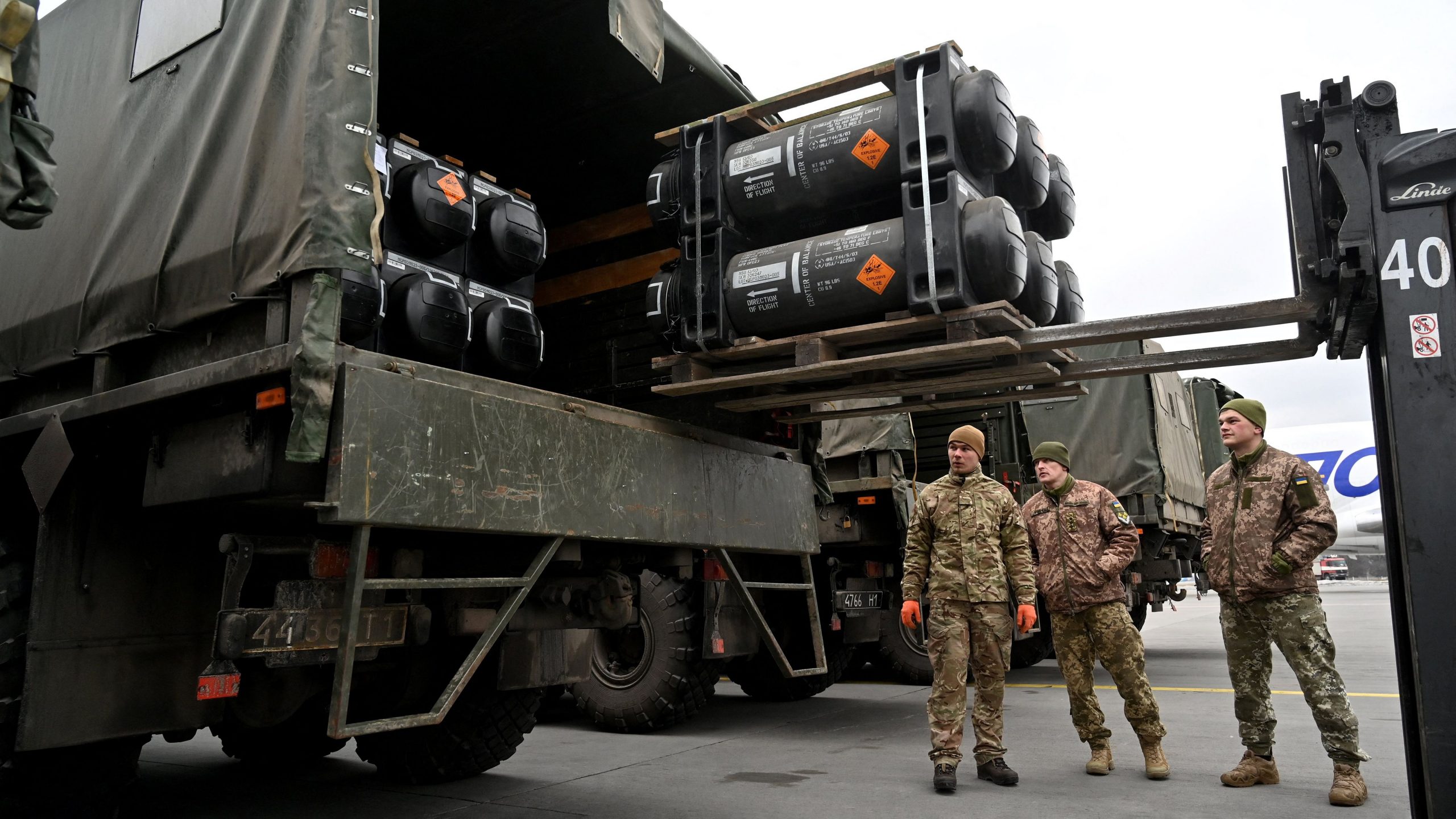Introduction
Amidst the ongoing conflict between Ukraine and Russia, the United States has gradually expanded its support to Ukraine’s military capabilities, defying Russian leader Vladimir Putin’s warnings and bluffs. The provision of weapons such as Javelin and Stinger missiles, HIMARS rocket launchers, advanced missile defense systems, drones, helicopters, M1 Abrams tanks, and soon, fourth-generation fighter jets, reflects the confidence of U.S. and European leaders in supporting Ukraine without significant consequences. However, the challenge lies in deciphering Putin’s red lines, as they reside solely in his head and can change unpredictably. Understanding the risk of escalation remains a critical factor for U.S. officials when deciding on further military aid to Ukraine.
The Calculations of Providing Weapons
U.S. officials and European allies assess several key factors when determining whether to supply Ukraine with new weapons. These factors include: the necessity of the weaponry for Ukraine’s defense, the capability of Ukrainian forces to effectively use the weapons, the availability of the requested weapons in the U.S. arsenal, and the potential response from Russia. Balancing these considerations is crucial, as Washington seeks to support Ukraine’s defense capabilities while minimizing the risk of further escalation.
The Risk of Escalation
One of the primary concerns for President Joe Biden and his advisers is the potential for escalation in the conflict between Ukraine and Russia. Given Russia’s possession of the world’s largest nuclear arsenal, any escalation carries significant risks and potential global implications. This concern underscores the delicate balancing act faced by U.S. officials as they navigate the decision to provide additional military aid to Ukraine.
Pushing Putin’s Red Lines
The recent decision to support Ukraine with F-16 fighter jets represents a significant move that crossed Putin’s red lines. NATO countries, including the United States, have announced their readiness to supply Ukraine with modern Western fighter jets and train Ukrainian pilots on them. This shift in position marks a departure from previous refusals to provide F-16s to Ukraine just months ago. Such a decision challenges Putin’s assertions and reflects the determination of the United States and its allies to enhance Ukraine’s defense capabilities.

The Unknown Red Lines
Deciphering Putin’s red lines presents a challenge for U.S. policymakers. These red lines are subjective and can change at any moment, creating uncertainty about the consequences of certain actions. As the conflict persists, understanding the potential triggers for escalation becomes increasingly crucial to avoid dangerous confrontations.
The Geopolitical Significance
The United States’ continued arms support for Ukraine carries significant geopolitical implications. It signals a firm commitment to Ukraine’s defense and the rejection of Russian aggression. By bolstering Ukraine’s military capabilities, the United States aims to stabilize the region and deter further Russian aggression. However, this support also raises tensions with Russia and may impact broader U.S.-Russia relations, necessitating careful diplomacy and strategic calculations.
Conclusion
The United States’ gradual expansion of military support to Ukraine challenges Putin’s red lines and demonstrates a commitment to Ukraine’s defense. The decision to provide weapons such as fighter jets signifies a significant departure from previous positions. However, the complex task of understanding Putin’s red lines and the risks of escalation remains a key consideration for U.S. officials. Balancing Ukraine’s defense needs with the potential consequences is vital as the conflict evolves. The ongoing support for Ukraine underscores the determination of the United States and its allies to maintain stability in the region and deter further aggression.
©traders-news.online










